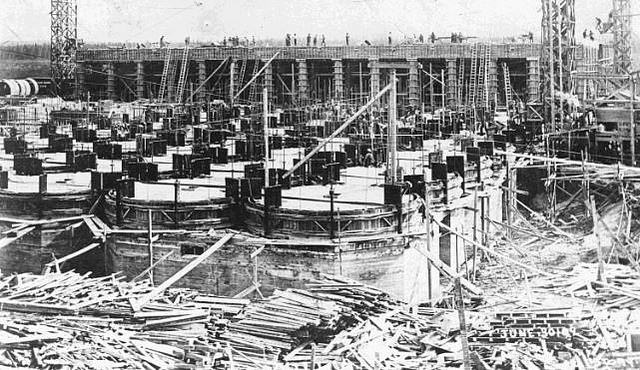Adjudication pitfalls #2: The notice of intent to apply for adjudication.
In the first article in our series regarding avoiding security of payment mistakes, we reinforced the importance of knowing exactly whom you are contracted with when involved in a potential construction dispute. In this post we address the issues surrounding the often confusing Notice of Intent to Apply for Adjudication. Below we investigate why the success of your adjudication application may often hinge upon understanding how the notice is written and also when the notice should be served.
Note that the notice of intent to apply for adjudication relevant to all security of payment jurisdictions in Australia, with the exception of Western Australia and the Northern Territory.
*Disclaimer*:It should be noted that the following information does not constitute professional legal advice or guidance. Readers should consult their legal representation before acting on any of the content presented below.
What is the notice of intent?
The Notice of Intent to Apply for Adjudication is a notice that the claimant serves the respondent after the respondent has failed to provide a valid payment schedule.
Specifically, the scenario for the notice of intent to apply for adjudication occurs after a claimant serves a valid payment claim on a respondent with whom they have a relevant construction contract. The claimant is given the option to serve this notice if the respondent fails to provide the aforementioned valid payment schedule
The purpose of this notice is to flag to the respondent that you intend to put in motion the adjudication process. If the claimant intends to go down the adjudication route and a payment schedule is not initially served by the respondent, the notice is mandatory.
Why is the notice of intent problematic?
The typical pitfall surrounding the notice of intent is that claimants either do not word the notice correctly given the requirements of the relevant security of payment legislation OR they serve the notice too early or late, thus invalidating the notice.
Often when the notice is incorrectly served or written, any forthcoming adjudication application may fail on jurisdictional grounds.
What does the notice of intent have to say?
Simply the Notice of Intent to Apply for Adjudication must state that the respondent may serve a valid payment schedule within five business days from the date the notice was served upon them.
The notice may say other facts, such as why the respondent is receiving such a notice – typically because that party has failed to supply a payment schedule.
Fortunately, the ABC DRS has provided several example pro-forma notices that can be adapted for your specific circumstances. Simply select the security of payment jurisdiction relevant to your payment claim from the list below:
- View an example New South Wales notice.
- Read a pro-forma Queensland notice.
- Review a suggested notice valid in the A.C.T.
When do you have to serve the notice of intent?
The notice must be served on the respondent within 20 business days of the due date for payment of the payment claim.
Often claimants get confused and serve the notice directly after the expiry of when a payment schedule is due. This may potentially cause any future adjudication application to fail on jurisdictional grounds.
If there is any doubt, you should contact your legal representation or resident construction dispute expert to ensure compliance with this often-confusing requirement of the legislation.
Further information
The ABC DRS provides more detailed information on the adjudication process and includes information about serving a robust Notice of Intent to Apply for Adjudication. Click the links below relevant to your jurisdiction to find out more.
- Adjudication for claimants – New South Wales.
- Adjudication for claimants – Queensland.
- Adjudication for claimants – A.C.T.
In need of training or want to know more?
We encourage you to get in contact to find out more about adjudication and security of payment issues relevant to New South Wales, Queensland or the A.C.T. We also provide regular training on the above issues.

